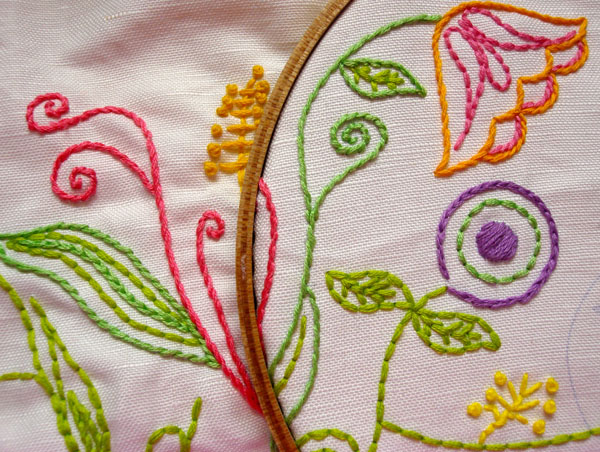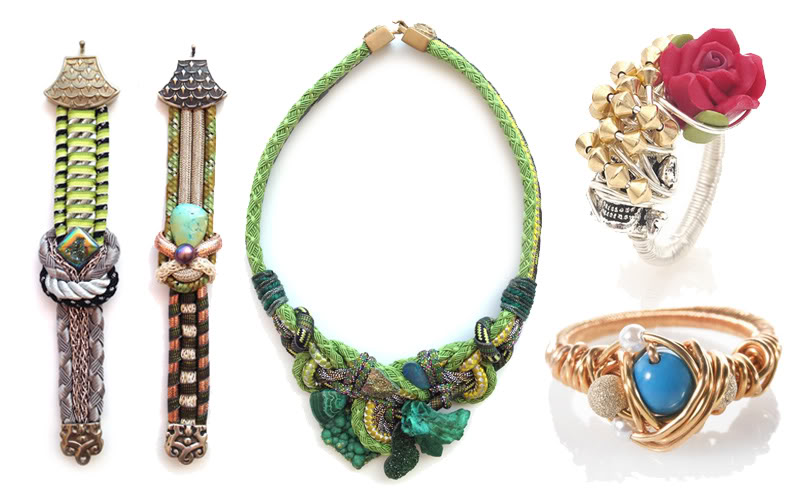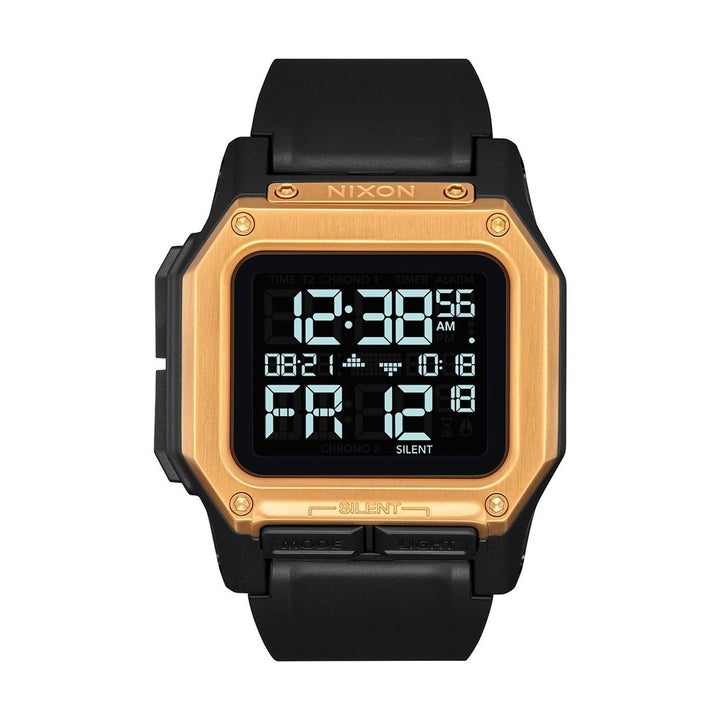Embroidery Tips: Getting Started from Scratch

If you are thinking about starting an embroidery project, there are numerous things you need to know before you begin. Embroidery is a skilled trade that takes a lot of patience and dedication, it isn’t something you become good at overnight. There are several ways to teach yourself how to embroider, most people go to classes which are conducted by an experienced teacher while others use resources such as the internet.
Getting Started
Starting your own embroidery project is an exciting experience, but it must be taken step by step. You’ll need the right tools to help you get the job done right, that means doing your research and finding out what materials will best suit you as a beginner. If you are doing hand embroidery or machine embroidery, you’ll need items such as embroidery thread, sprays and felt.
Here is a short list of some of the main items you’ll need to start your project:
- Embroidery hoop
- Sharp scissors
- Fabric
- Embroidery floss & needles
- Water soluble marker or some other type of marking tool
Once you’ve gotten all your items, it is important to find the right resources for the task. If you aren’t attending classes and you plan on learning by yourself, you’ll need access to useful books and websites to help you get started. Most beginners use the internet, you’ll find some informative sites that are designed to help beginners from start to finish. YouTube is also a great resource, as it contains many videos designed to show you how to complete embroidery tasks.
Transferring a Design
If you aren’t already using a kit that has the embroidery set up for you, you’ll need to learn how to transfer a design. As a beginner, this can be a little tricky at first, but if you remain patient and stick to your task, you’ll have it mastered in no time. We would recommend using an embroidery kit if you are just starting off, it will make the task more enjoyable and a whole lot easier if you’ve no teacher to guide you through the process.
These are some of the most popular ways to transfer a design:
- Tracing
- Carbon
- Iron on transfer
- Ink jet printer
- Water soluble stabiliser
Embroidery Environment
Your workplace is vitally important when it comes to the success of your project, if you don’t set up the right environment, you won’t feel comfortable while stitching. Everyone’s stitching environment will be different, some will have a room dedicated to stitching while others will have a single table. One thing that every embroidery environment must have to ensure success is excellent lighting. Good quality lighting doesn’t just improve your stitching, it helps to reduce strain on your eyes.
When learning to embroider for the first time, make sure you do plenty of research on the subject. They get frustrated when things don’t go your way, embroidery is supposed to be therapeutic, so relax and enjoy the project. If you aren’t sure about certain aspect of stitching or what tool to use, use online resources such as embroidery blogs and YouTube videos.










